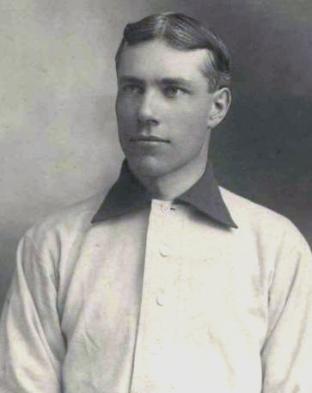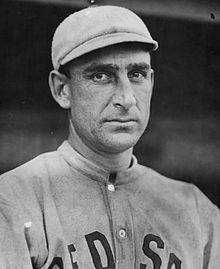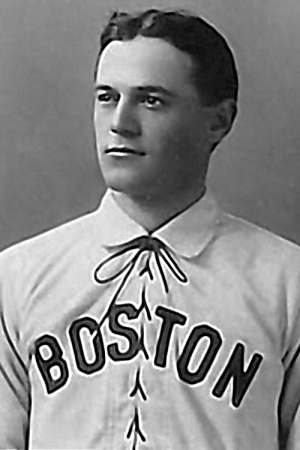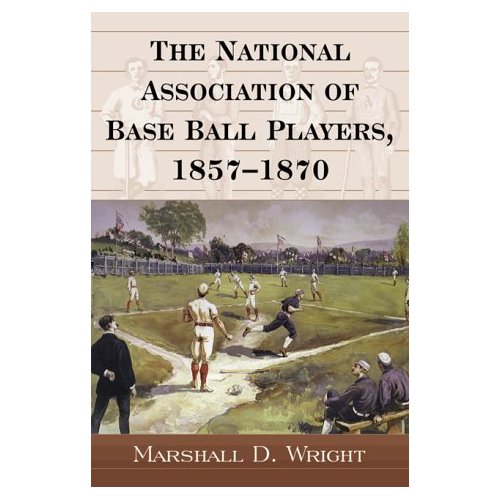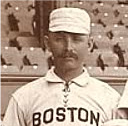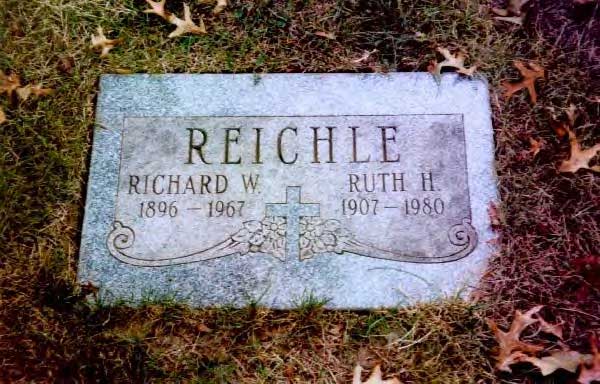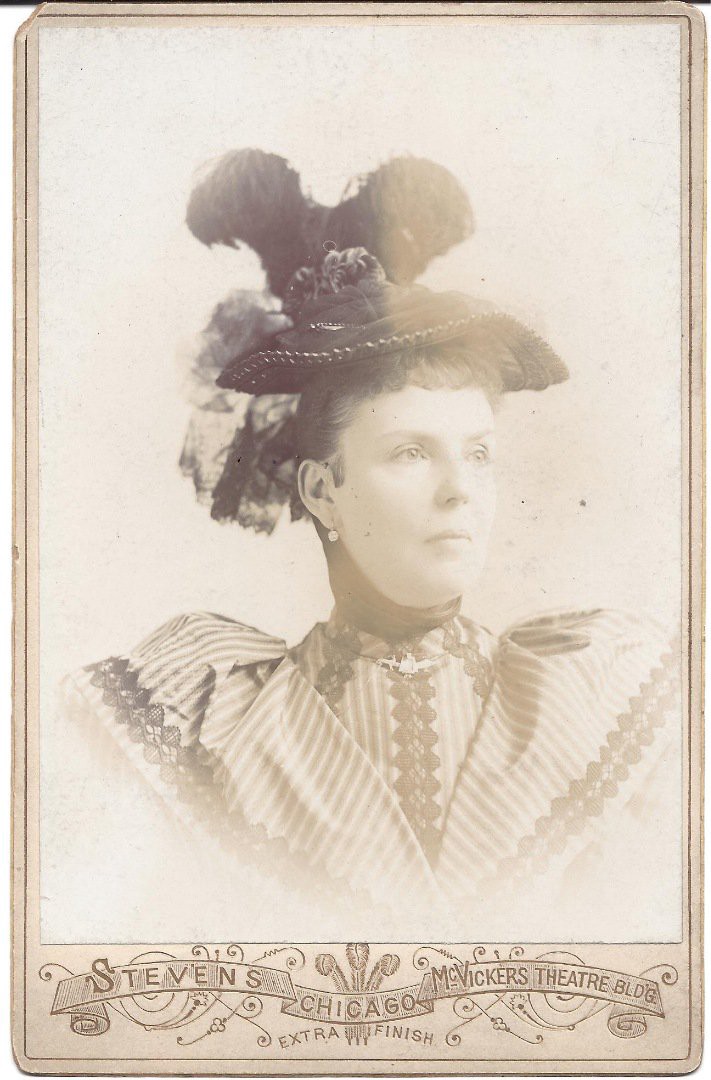Pop Dillon born in Normal – Holds Records and Baseball Book Author
Central Illinois has had many major league baseball players in history. Let’s look at them from the 12 counties that we have selected to become Central Illinois. (Logan, McLean, DeWitt, Woodford, Fulton, Peoria, Mason, Tazewell, Cass, Morgan, Menard, Sangamon) Frank “Pop” Dillon -Born in Normal, Illinois Frank “Pop” Dillon was born in…

